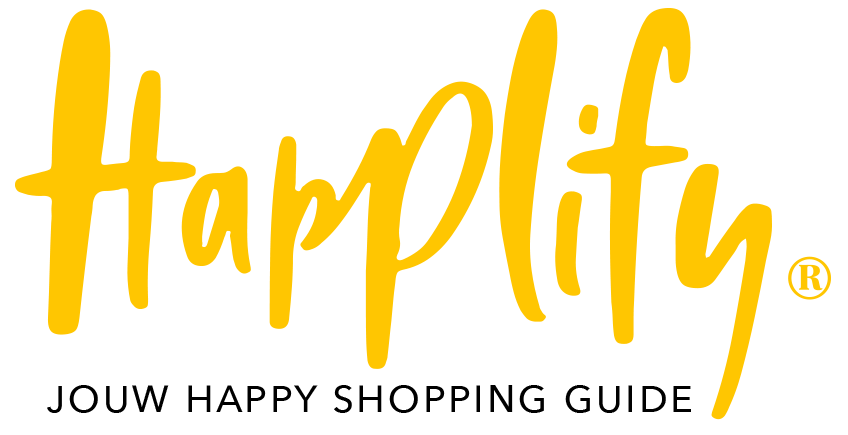Happiness lies in a small corner, we say, well in Japan you stumble over those corners! You will find lucky charms at the various temples, on the streets and in people's homes. We have the horseshoe, ladybug and four-leaf clover, the list of lucky dolls seems endless. High time to explain the meaning of 7 Japanese good luck charms. This is part 1 and you can read here Japanese lucky charms - part 2 .
Lucky charm - Maneki neko, the Japanese lucky cat
The most famous here is the Japanese lucky cat, the maneki neko . 'Maneki' comes from the verb 'maneku' which means to wave and 'neko' is the Japanese for cat, so waving cat. You will encounter this kitten with its arm waving in shops and restaurants. There it waves customers in with its left paw. If you see the right paw waving, it is bringing in money.
Not all lucky cats are made of plastic or have a moving paw. There are also colored examples of pottery and each color has a different meaning. For example, the black kitten protects you from danger, the green kitten brings luck when studying, the red kitten brings health and the pink kitten brings love.

Good Luck Charm - Daruma the monk who brings good luck
This cone-shaped, often red, lucky doll has the face of a man, thick eyebrows and mustache. It is the image of Bodhidharma, the founder of Zen Buddhism. The most important feature of the daruma are the white eyes that you can color. This good luck charm is an incentive to achieve your goals. Set yourself a goal and color the left eye. If you achieve it, you can color the right eye. A nice symbol to help you if you have decided to approach your life differently.

Lucky charm - Crane the Japanese lucky bird
The origami crane is now a welcome guest here. Cranes , tsuru in Japanese, symbolize good luck, longevity and immortality. Traditional bridal kimono often have an embroidered image of this graceful bird.

Unfortunately, behind this beautiful symbol also lies the tragic story of Sadako from Hiroshima. When she was two years old, the atomic bomb was dropped and 10 years later she was found to have leukemia. To wish her a long life, friends and family folded more than 1,000 cranes. Sadly, she died when she was 12 years old.
Her story is linked to the tradition of senbazuru, 1,000 origami cranes strung on a string that promise you a long life. These colorful decorations hang in the Peace Parks of Nagasaki and Hiroshima: to make us aware of the terrible impact of atomic bombs, which must be eradicated from the world forever.
More beautiful sakura from Japan 🌸
Do you want to bring a little Japanese happiness into your home, or does someone around you deserve a little bit of extra happiness? Here they are all together, which one suits you best? All those Japanese symbols are of course great fun, but happiness often lies in the little things around you. Read these 7 tips and reflect on the small moments and learn to enjoy them even more.
💬 Tell me, are you going to try this too?

The author: Ingrid Beyer
Ingrid from Happlify crew member Roppongi is a far too modest Japan expert who can tell you all the ins and outs. Roppongi is the webshop for lovers of Japan, design, good food, tea and DIY. Visit Roppongi and the blog regularly for the quickest trip to Japan. Ingrid's blog posts >















Interesting? Share with someone:
Make your own happy jungle
Less incentives, more enjoyment? These apps and tips will help you with that.